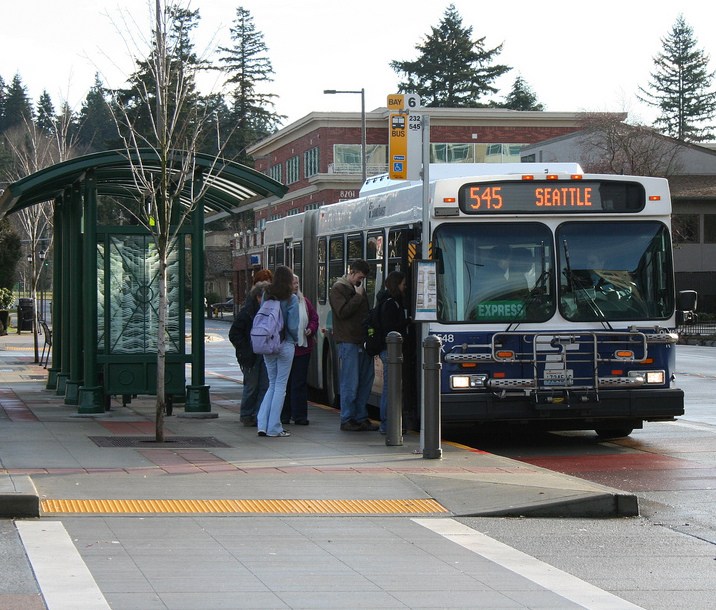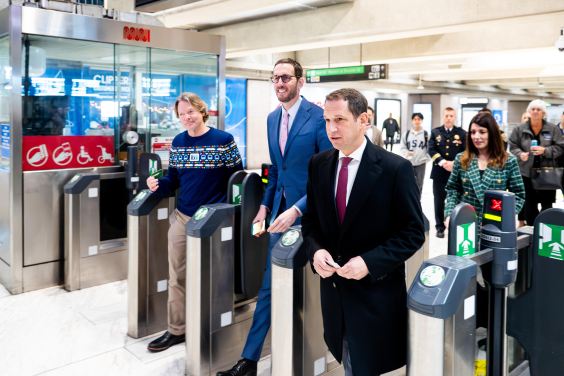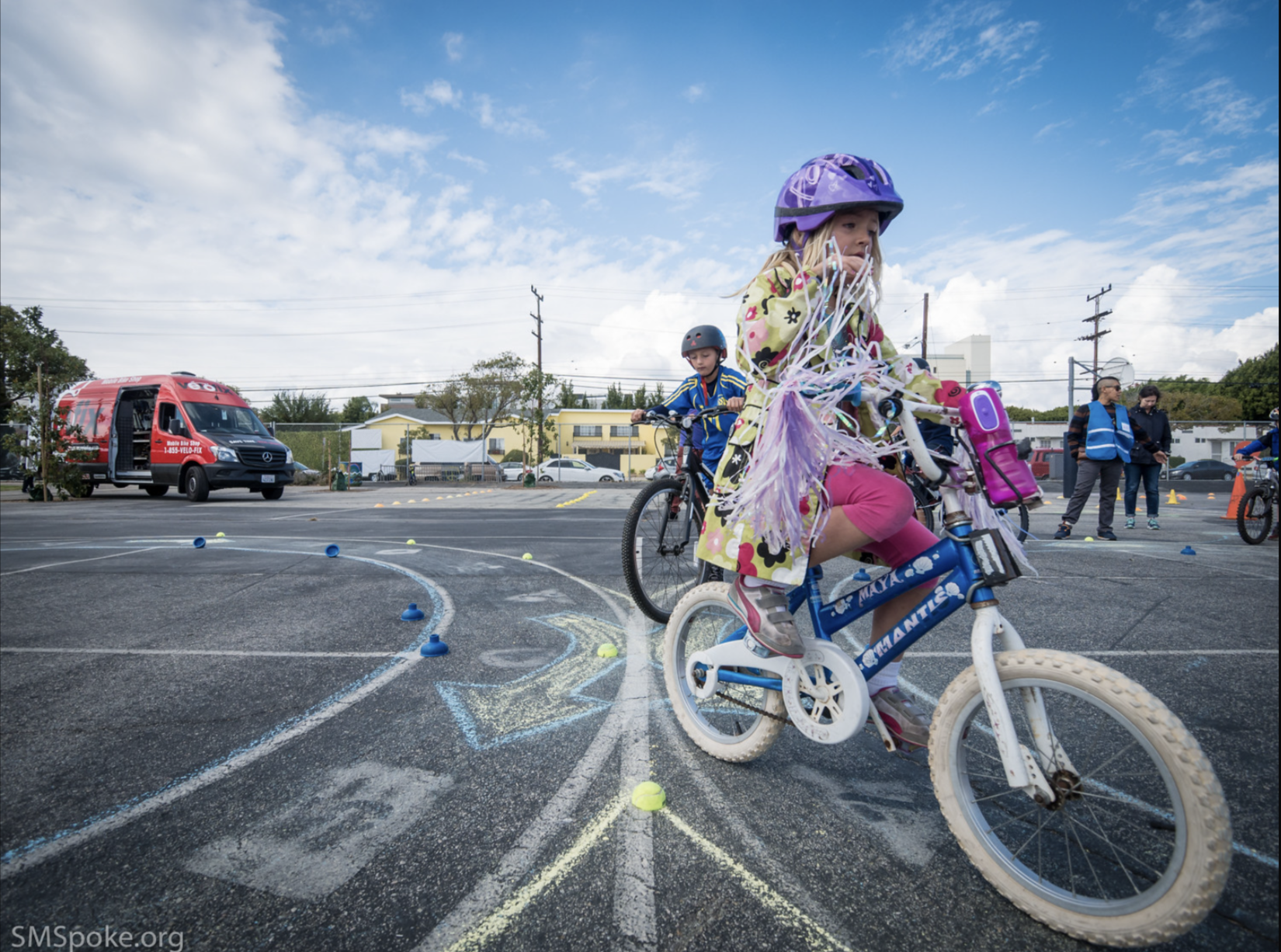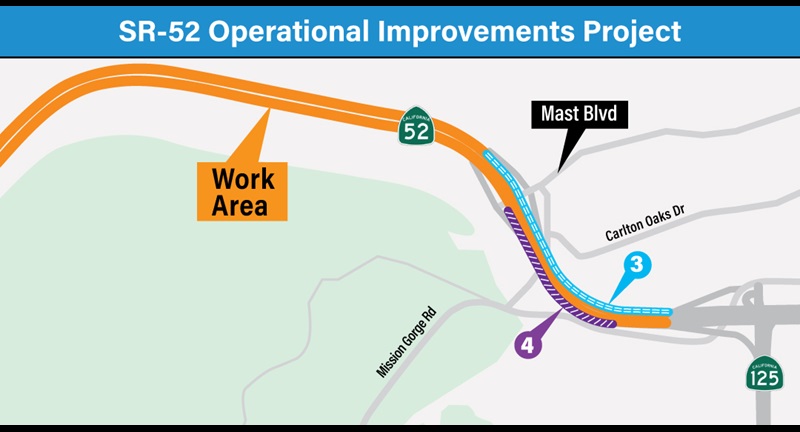The Active Transportation Program is getting more money, so California Transportation Commission staff is updating their list of projects to receive funding. On Friday CTC staff released their recommendations for two components of the program: the Statewide component, under which projects from all over the state compete for half of the money; and the Small Urban and Rural component, in which ten percent of the funding is set aside for lower population areas.
Sixty-three projects - rejected earlier due to lack of ATP funds - will now get grants. And 21 projects that didn't expect to see any funding until 2020 or later will get their funding sooner - some as early as this year.
This is great news. The process of applying for ATP funds can fairly be described as arduous, and for many it has been unrewarding because there just hasn't been enough money to go around. In the future, with more money coming to the ATP from S.B. 1, planners can apply for more projects and have a better chance of getting funding.
A third component of the program, in which large regional governments compete for the remaining forty percent of funding, will be decided later. The full California Transportation Commission will make a final decision on these recommendations at their October meeting in Modesto.
All the projects recommended on Friday had applied in the previous funding round, and were already evaluated by the ATP scoring committee. All of the newly recommended projects scored 73 or higher, with most of them much higher than that.
The total amount recommended for awards is almost $200 million, for projects that will cost more than $279 million to build or program (most projects have additional funding sources).
This money is available because ATP funding will grow once S.B. 1 goes into effect in November. It's no surprise to realize that the ATP is one of the more “shovel ready” programs receiving funding from S.B. 1—so ready, in fact, that it is already speeding up its granting process. Since the ATP came into being, a lot of effort and time has gone into shaping program guidelines and figuring out how best to invest the available funding—and the funding was never anywhere near enough to meet demand.
CTC staff already moved three projects forward when the ATP received a one-time bump from the Greenhouse Gas Reduction Fund earlier this summer. This augmentation is on top of that; S.B. 1 will almost double the amount of money the program can invest in better bike and pedestrian projects throughout the state.
The winning projects are mostly infrastructure projects (paths, lighting, sidewalks, improved signals, and the like), with a smattering of programs such as Safe Routes to Schools—or Safe Routes for Seniors—and a few bike and pedestrian plans. The complete lists can be found at the following links: Statewide recommended projects and Small Urban and Rural recommendations.
Below is a taste of what's on the lists. See the above links for more.
Statewide Programs Moving Up:
- Paramount, L.A. County: West Santa Ana Branch Bikeway Phase 2; recommended for $3.4 million starting this year and through 2019
- Oakland: 14th Street Safe Routes in the City; $10.5 million, beginning in 2018-19 and through 2020
- Kern County Road Department: Boron/Desert Lake Pedestrian Path; $1.9 million between 2017 and 2019
- Los Angeles City: Jefferson Boulevard Complete Street; $5.9 million between now and 2019
New Projects in the Statewide Competition:
Some of these projects will also begin receiving money as early as this year.
- Imperial Beach, San Diego: Imperial Beach Boulevard Improvement and Safe Routes to Schools; $2.5 million
- San Francisco Municipal Transportation Agency: Geneva Ave Pedestrian and Bicycle Safety Improvement; $2.35 million
- Davis: Providing Safe Passage, Connecting Montgomery Elementary and Olive Drive; $3.5 million
- Sunnyvale: Sunnyvale Safe Routes to School Improvements; $1.9 million
- Stockton: Miner Avenue Complete Streets; $3.8 million
- Roseville, Placer County: Washington Boulevard Bikeway and Pedestrian Pathways; $2.2 million
Small Urban and Rural Projects Moving Forward:
- Santa Barbara County Association of Governments: Rincon Multi-Use Trail; $6.8 million
- Humboldt County: Fortuna & McKinleyville Active Transportation Education Program; $595,000
- Lakeport: Hartley Street Safe Route to School Project; $1.8 million
- Monterey County: Via Salinas Valley, An Active Transportation Education Program; $964,000
- Redding: Bechelli Lane & Loma Vista Active Transportation Corridor Improvements; $6.7 million
New Projects in the Small Urban and Rural Competition
- Blue Lake, Humboldt County: Blue Lake Annie & Mary Trail, Phase 1; $976,000
- San Luis Obispo County: Oceano Elementary Safe Routes to School; $422,000
- Santa Cruz: San Lorenzo Riverwalk Lighting; $952,000
- San Luis Obispo County: Templeton/Atascadero Pathway; $3.3 million
- Monterey County Resource Management Agency: Moss Landing Segment Bicycle/Pedestrian Path and Bridge; $7.5 million
- Watsonville, Lincoln Street Safety Improvements; $633,000






